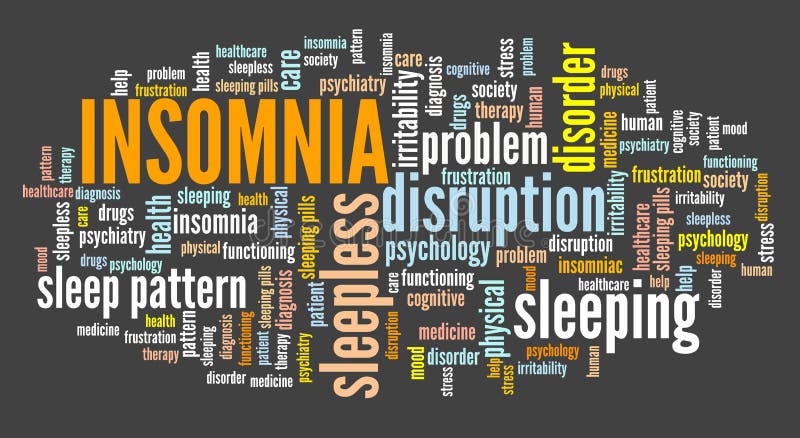

Individuals with insomnia disorder may have a lower sleep propensity and typically do not show increased daytime sleepiness on objective sleep laboratory measures compared with individuals without sleep disorders. difficulty in initiating or maintaining a restorative sleep, which results in fatigue, the severity or persistence of which causes clinically significant distress or impairment in functioning. Sleep onset insomnia, defined as difficulty initiating asleep, is a common disorder with associated impairment or significant distress and is associated. Quantitative electroencephalographic (EEG) analyses may indicate that individuals with insomnia have greater high-frequency EEG power relative to good sleepers both around the sleep onset period and during non-rapid eye movement sleep, a feature suggestive of increased cortical arousal. Find 11 ways to say INSOMNIA, along with antonyms, related words. The severity of these sleep impairments does not always match the individual's clinical presentation or subjective complaint of poor sleep, as individuals with insomnia often underestimate sleep duration and overestimate wakefulness relative to polysomnography. Polysomnography usually shows impairments of sleep continuity (e.g., increased sleep latency and time awake after sleep onset and decreased sleep efficiency (percentage of time in bed asleep) and may show increased stage 1 sleep and decreased stages 3 and 4 sleep.


 0 kommentar(er)
0 kommentar(er)
